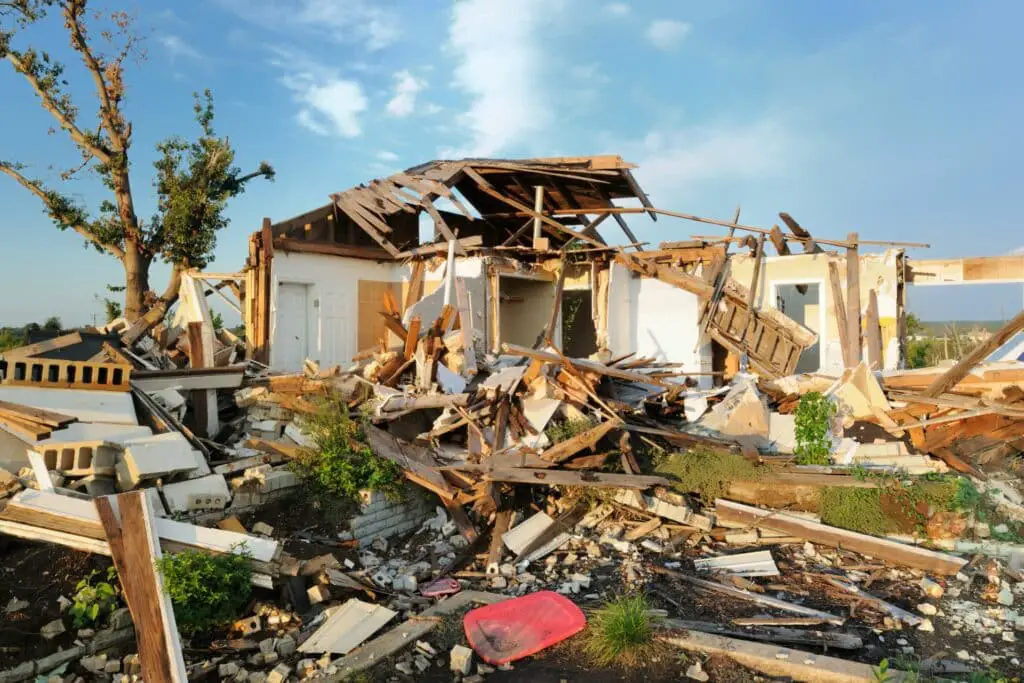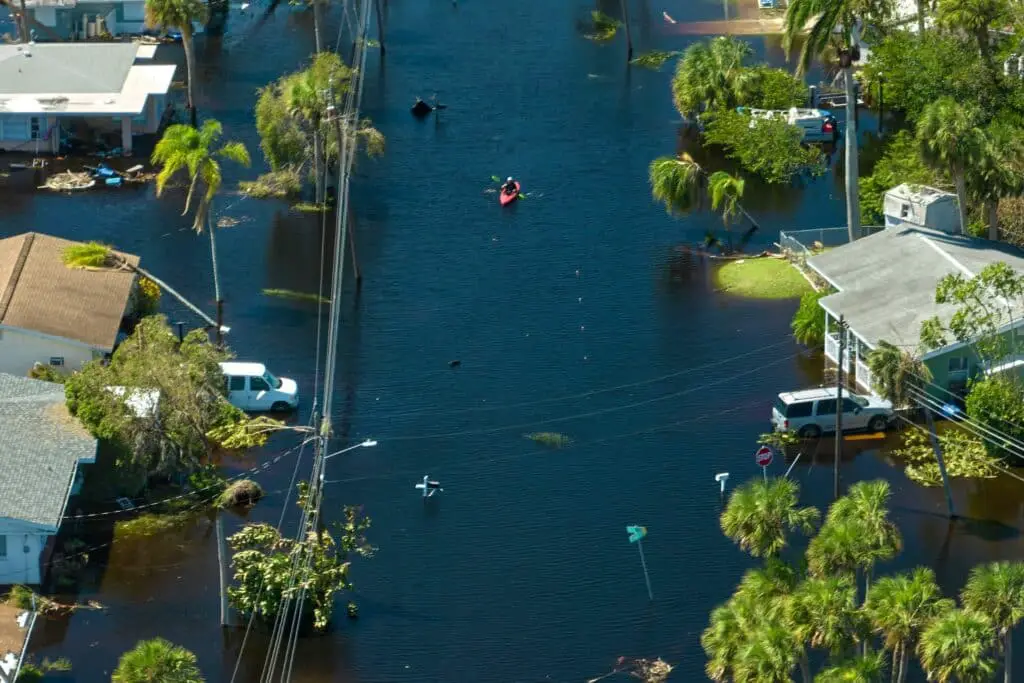Amidst the booming real estate scenario, the U.S. housing market faces a new challenge: rising home insurance rates. This surge, particularly pronounced in states like California, Florida, and Louisiana, is reshaping property investments and homeowner expenses.

The Ripple Effect of Rising Home Insurance Rates
Homeowners all over the U.S. are feeling the pinch because of increasing home insurance rates. Take an example from Fort Lauderdale, where a homeowner was hit with an extra $500 each month for home insurance and property taxes. This huge jump cut the money he made from his rental property in half. And he’s not the only one facing this problem; it’s happening to lots of people. These big jumps in costs are making homeowners worried and unsure about what to do.
It’s not just a few people here and there – it’s a big change that’s happening all over in the housing world. No matter where homeowners live or what kind of house they have, many are struggling with these higher costs. It’s like a chain reaction. When insurance gets more expensive, it doesn’t just make it harder for people to pay their bills. It also changes how much it costs to rent a place, how much houses are worth, and how much it costs overall to own and take care of a home. With all these changes happening so fast, it’s really important for homeowners to stay informed and be ready to adapt.

The Epicenters of Home Insurance Upheaval
The phenomenon is most acute in regions prone to environmental risks. For instance, California’s largest home insurer, State Farm, announced a 20% rate increase effective March 15th. This decision follows a trend of insurers withdrawing from high-risk states.
Mapping the Risk: Fire, Wind, and Flood
An analysis by First Street Foundation highlights the counties most susceptible to insurance corrections due to fire, wind, and flood risks. Remarkably, 368 out of 3,075 U.S. counties face a 50% risk of insurance correction for wind-related damages. Notably, almost all affected counties stretch from Massachusetts to Texas along the coast.
The Fire Risk Factor
The U.S. housing market is grappling with a considerable fire risk, particularly in the West and Southwest. Analysis shows that in 46 counties, over half the properties are at high fire risk, with Texas’s Andrews County being the most affected. This issue extends beyond Andrews County, affecting numerous fire-prone areas across these regions. The rising susceptibility to wildfires in these zones is driving a noticeable increase in home insurance rates, reflecting the elevated property risks.

This uptick in insurance costs due to fire risk is not an isolated occurrence; it’s a widespread trend impacting many counties. Homeowners in these areas are increasingly subject to the insurance market’s swift response to the growing wildfire threat. As environmental conditions shift, the insurance sector is adapting its risk evaluation strategies, leading to a profound financial impact on residents in these high-risk counties, constantly threatened by fire.

Flood Risk: A Closer Look
While the flood risk in the U.S. housing market appears less severe at first glance, a deeper analysis tells a more nuanced story. Notably, none of the studied counties exceed a 50% risk for flood-related insurance adjustments, yet Letcher County, Kentucky, closely approaches this threshold with 49.6% of its properties at risk. This significant percentage signals a concerning trend in certain regions, indicating that areas once considered low-risk are now facing escalating flood dangers. This shift challenges the traditional understanding of flood risk and necessitates a reevaluation of insurance policies to accommodate these changing environmental patterns.

The Importance of Localized Risk Assessment
These risks are not evenly distributed and can significantly vary within a county, emphasizing the need for a detailed, localized risk assessment. For instance, flood risk disparities are notable between neighborhoods in the suburbs of Cincinnati.
A Broader Perspective on Rising Insurance Costs
While environmental risks play a crucial role, the surge in construction costs and home prices since 2020 also contributes to escalating home insurance premiums. This factor affects homeowners across various risk levels.

Conclusion: Navigating the New Insurance Landscape
The rising home insurance rates in the U.S. housing market underscore the importance of understanding local risks and market trends. Homeowners and investors must adapt to this evolving landscape, balancing investment decisions with the growing environmental and economic challenges.
Related posts:
 Affordable Rental Provider Repays $710K to Arlington County
Affordable Rental Provider Repays $710K to Arlington County
 Reduce Your Environmental Footprint: Simple Water Conservation Tips for Your Home
Reduce Your Environmental Footprint: Simple Water Conservation Tips for Your Home
 10 Precautions to Stay Safe During a Home Renovation
10 Precautions to Stay Safe During a Home Renovation
 Surge in US Housing: A Close Look at the November 2023 Boom
Surge in US Housing: A Close Look at the November 2023 Boom
 Increased Housing Confidence Brightens 2024, But Buying a Home Still Tough
Increased Housing Confidence Brightens 2024, But Buying a Home Still Tough




